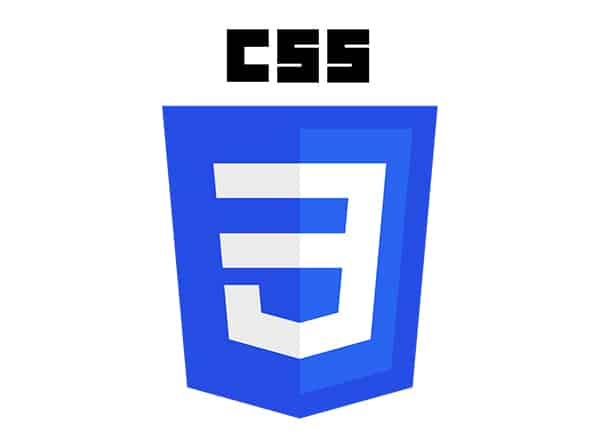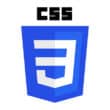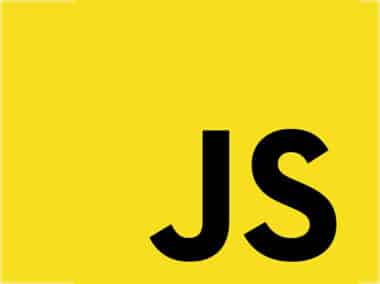If you want to create more advanced and complex layouts for your web pages, you should learn how to use CSS Flexbox and Grid. These two layout models are powerful tools that allow developers to create stunning and dynamic web designs that adapt to different screen sizes and orientations.
CSS Flexbox
CSS Flexbox is a layout model that allows you to align and distribute content within a container. It is perfect for creating one-dimensional layouts, such as navigation bars, lists, and forms. With Flexbox, you can easily create layouts that stretch to fill the width of the screen, or that center content both horizontally and vertically.
To use Flexbox, you need to define a container element and then add child elements that will be arranged within it. You can then use various properties to control the layout, such as flex-direction, justify-content, align-items, and flex-wrap. With these properties, you can define the direction of the main axis, control the spacing between items, and align items within the container.
Here’s an example of how to use Flexbox to create a simple navigation bar:
.nav {
display: flex;
justify-content: space-between;
align-items: center;
}
.nav-item {
margin-right: 10px;
}
In this example, we define a container with the class .nav and set its display property to flex. We then use the justify-content property to space the items evenly across the container and align them vertically using the align-items property. Finally, we set a margin on the .nav-item class to create some spacing between each item.
CSS Grid
CSS Grid is a two-dimensional layout model that allows you to create more complex layouts than Flexbox. It is perfect for creating grid-based layouts, such as image galleries, product listings, and magazine layouts. With CSS Grid, you can easily create layouts that have multiple rows and columns, or that span across multiple areas of the screen.
To use CSS Grid, you need to define a container element and then add child elements that will be arranged within it. You can then use various properties to control the layout, such as grid-template-columns, grid-template-rows, grid-gap, and grid-auto-flow. With these properties, you can define the size and position of each grid item, as well as control the spacing between items.
Here’s an example of how to use CSS Grid to create a simple image gallery:
.gallery {
display: grid;
grid-template-columns: repeat(auto-fit, minmax(200px, 1fr));
grid-gap: 10px;
}
.gallery-item {
border: 1px solid #ccc;
padding: 10px;
}
In this example, we define a container with the class .gallery and set its display property to grid. We then use the grid-template-columns property to create a grid with columns that are at least 200 pixels wide and can expand to fill the available space. We also set a gap between each grid item using the grid-gap property. Finally, we define a .gallery-item class to style each item in the grid.
Conclusion
CSS Flexbox and Grid are powerful tools that allow you to create more advanced layouts for your web pages. By understanding how to use these layout models, you can create responsive and dynamic web designs that adapt to different screen sizes and orientations. With practice, you can use Flexbox and Grid to create stunning and complex layouts that will make your web pages stand out from the crowd.
So, if you’re looking for ways to take your web designs to the next level, be sure to learn how to use CSS Flexbox and Grid. With these powerful layout models, the possibilities are endless!



